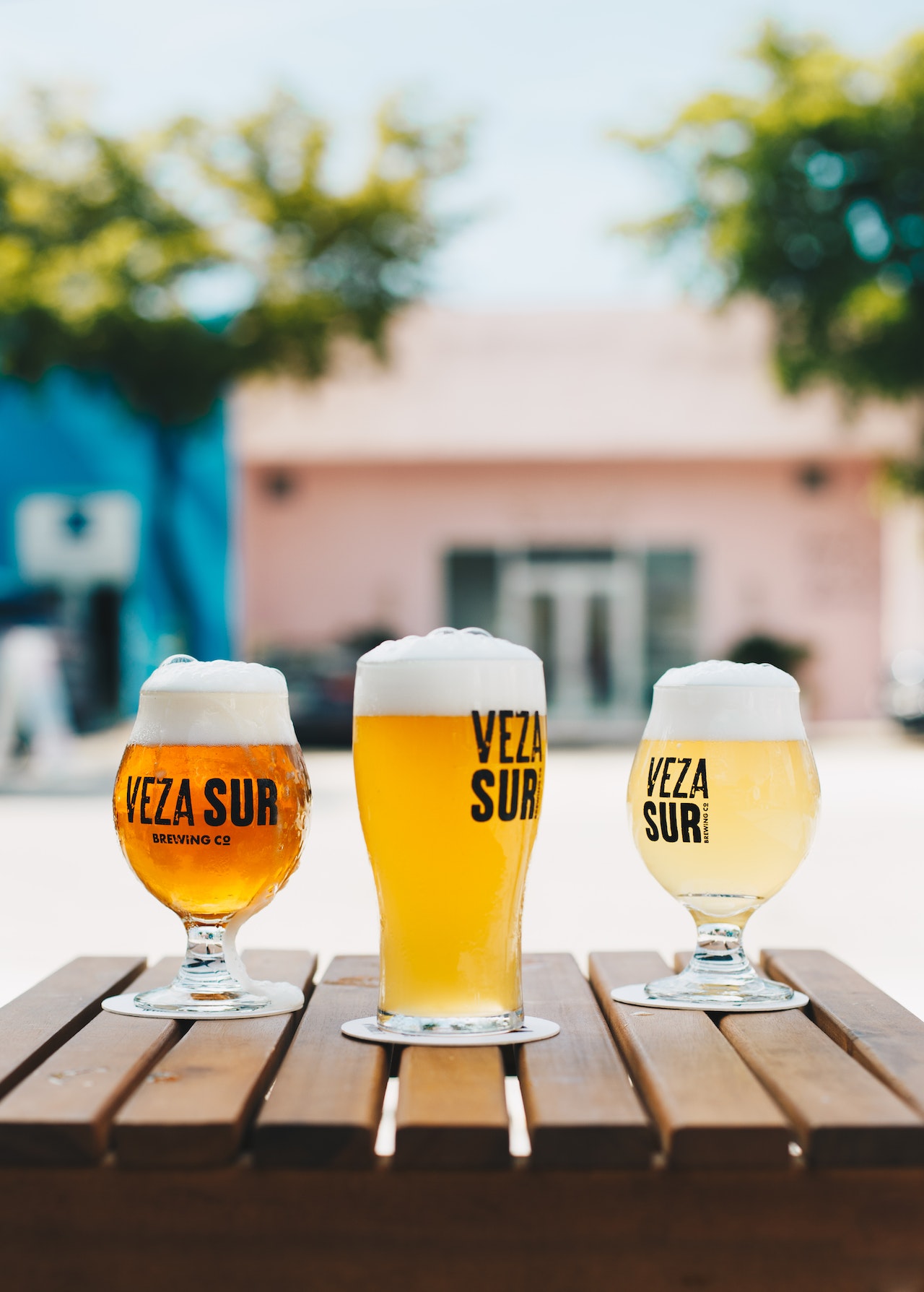Introduction:
Bud Light has long reigned as a dominant force in the U.S. beer market, capturing the hearts and taste buds of beer lovers nationwide. With its pervasive presence, consistent quality, and effective marketing campaigns, Bud Light has become synonymous with American beer culture.
Bud Light: A Dominant Force in the U.S. Beer Market:
Bud Light’s success can be attributed to its wide distribution network, strong brand recognition, and successful positioning as a popular, approachable beer. Its ubiquity in bars, restaurants, and stores across the country has solidified its position as the go-to choice for many beer consumers.
The Boycott Showdown: A Watershed Moment:
However, Bud Light’s position at the top was challenged when it became embroiled in a high-stakes boycott showdown. Triggered by various factors such as controversial actions, conflicting values, or public sentiment, the boycott campaign dealt a significant blow to Bud Light’s market standing. This showdown served as a watershed moment, leading to Bud Light’s ousting from the leading position it had held for so long.
The Power of Consumer Activism:
The downfall of Bud Light underscores the growing influence of consumer activism in shaping market dynamics. In today’s socially conscious landscape, consumers are increasingly vocal about their expectations for ethical business practices, responsible sourcing, and brand alignment with their values. Through organized boycotts, social media campaigns, and collective actions, consumers now possess the power to hold companies accountable and impact their bottom line.
Changing Tides: Evolving Consumer Preferences:
Bud Light’s ousting as the leading beer also reflects shifting consumer preferences in the beer market. Modern consumers are seeking more than just a generic beer experience; they crave authenticity, diversity, and unique flavors. This has opened the door for craft breweries, smaller beer producers, and niche brands to gain traction by offering innovative brews, local charm, and a deeper connection with consumers.
Implications for Bud Light and the Beer Market:
Bud Light’s loss of the top spot sends shockwaves through the beer market, creating new opportunities and challenges for both the brand and its competitors. Bud Light must navigate the path of rebuilding trust, addressing consumer concerns, and redefining its brand strategy to regain its former prominence. Meanwhile, other beer brands have a chance to capitalize on the evolving consumer landscape, adapt to changing preferences, and carve out their own market share.
Charting a New Course:
The road ahead for Bud Light involves a strategic reevaluation of its brand positioning, engaging in meaningful dialogue with consumers, and embracing responsible practices that align with shifting consumer values. By actively listening to consumer feedback, investing in innovation, and fostering transparency, Bud Light can position itself for a potential.




